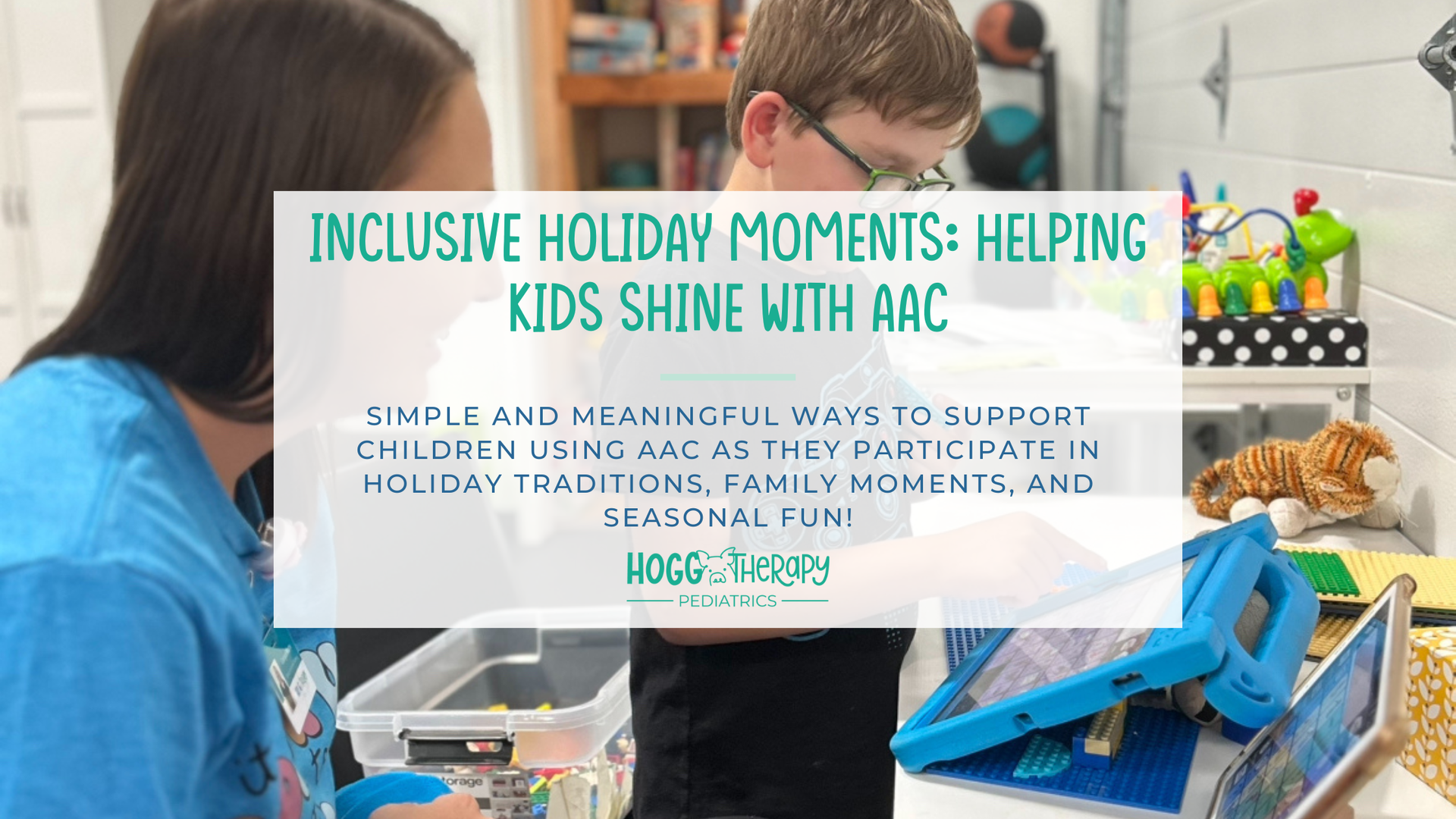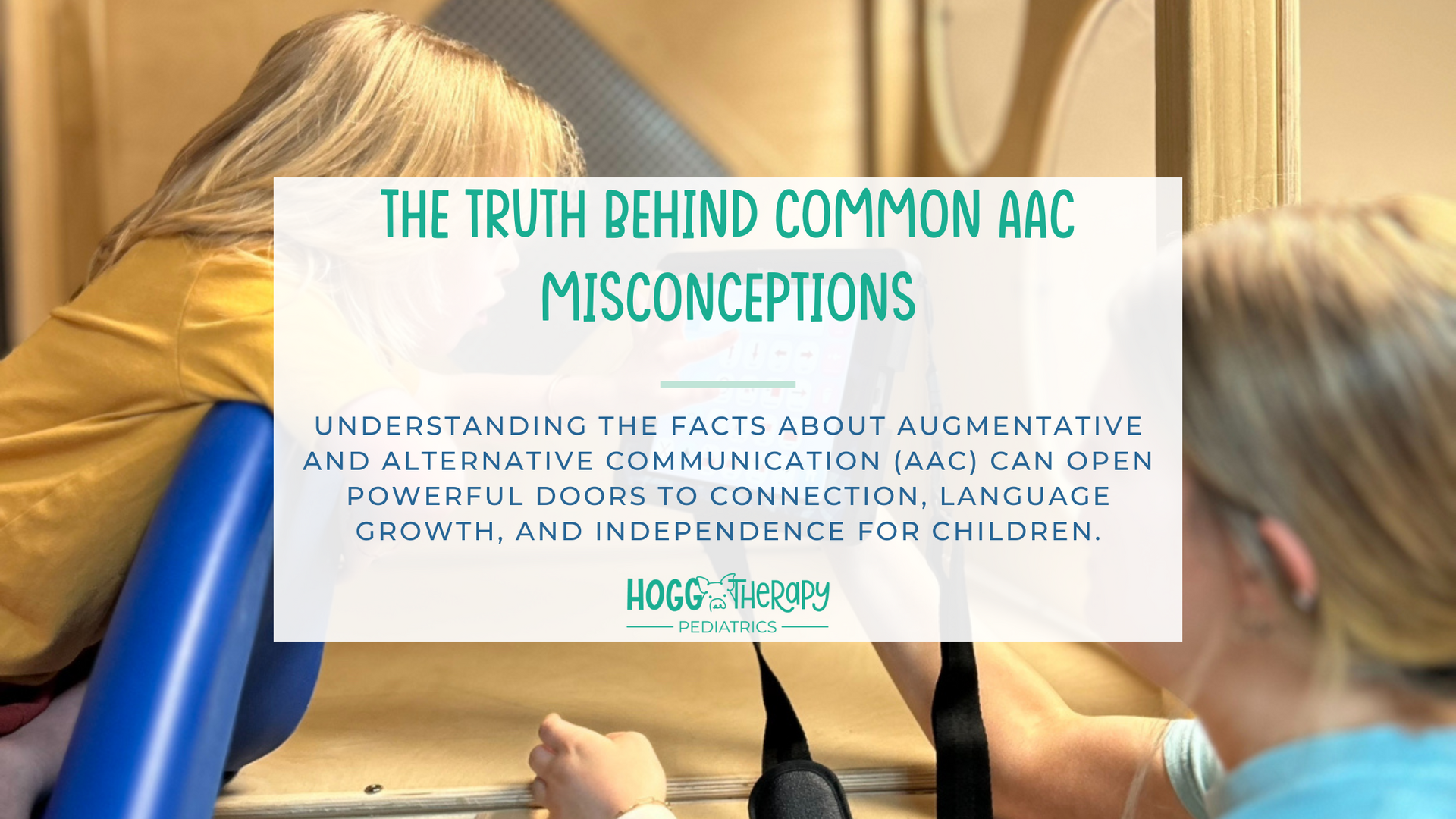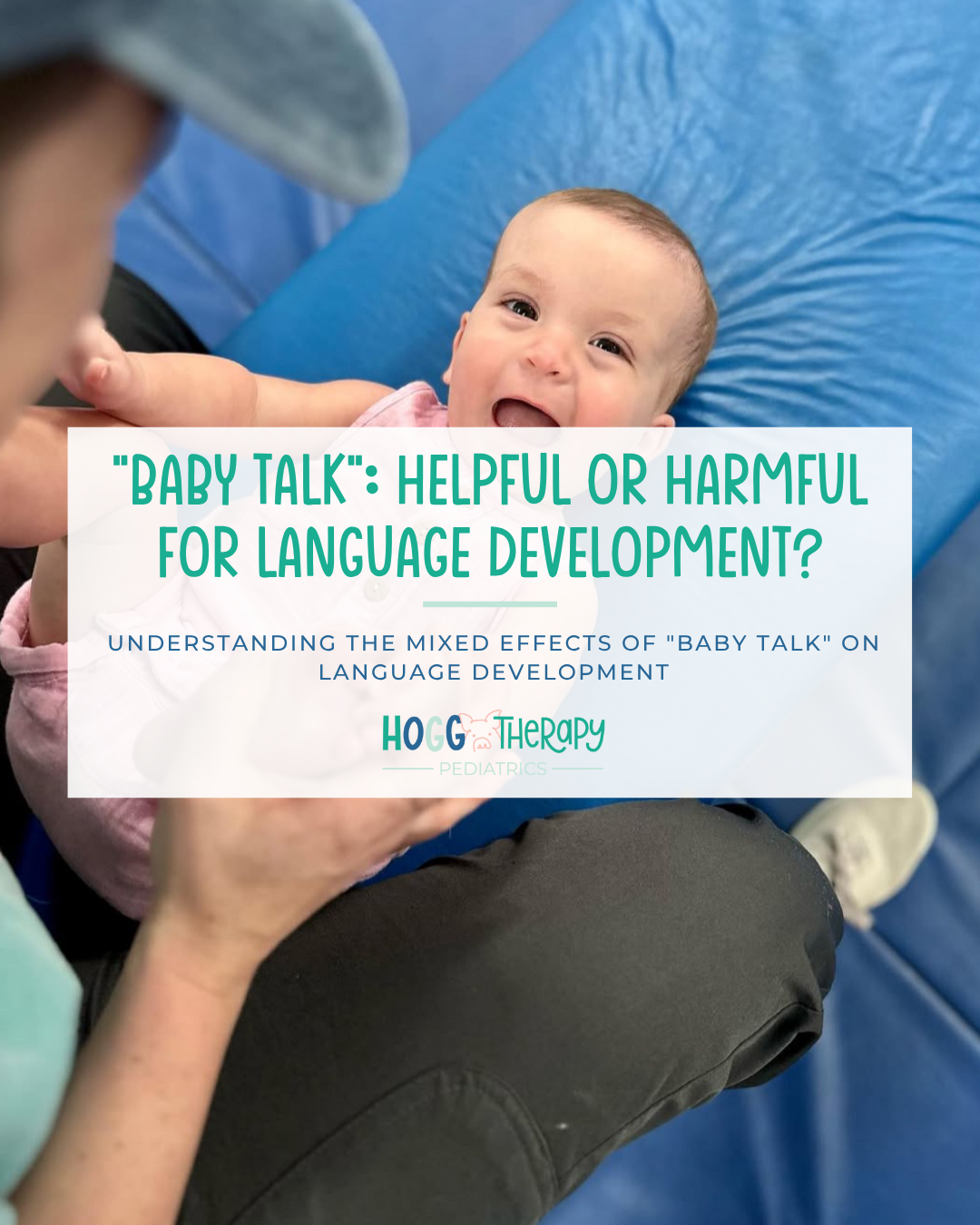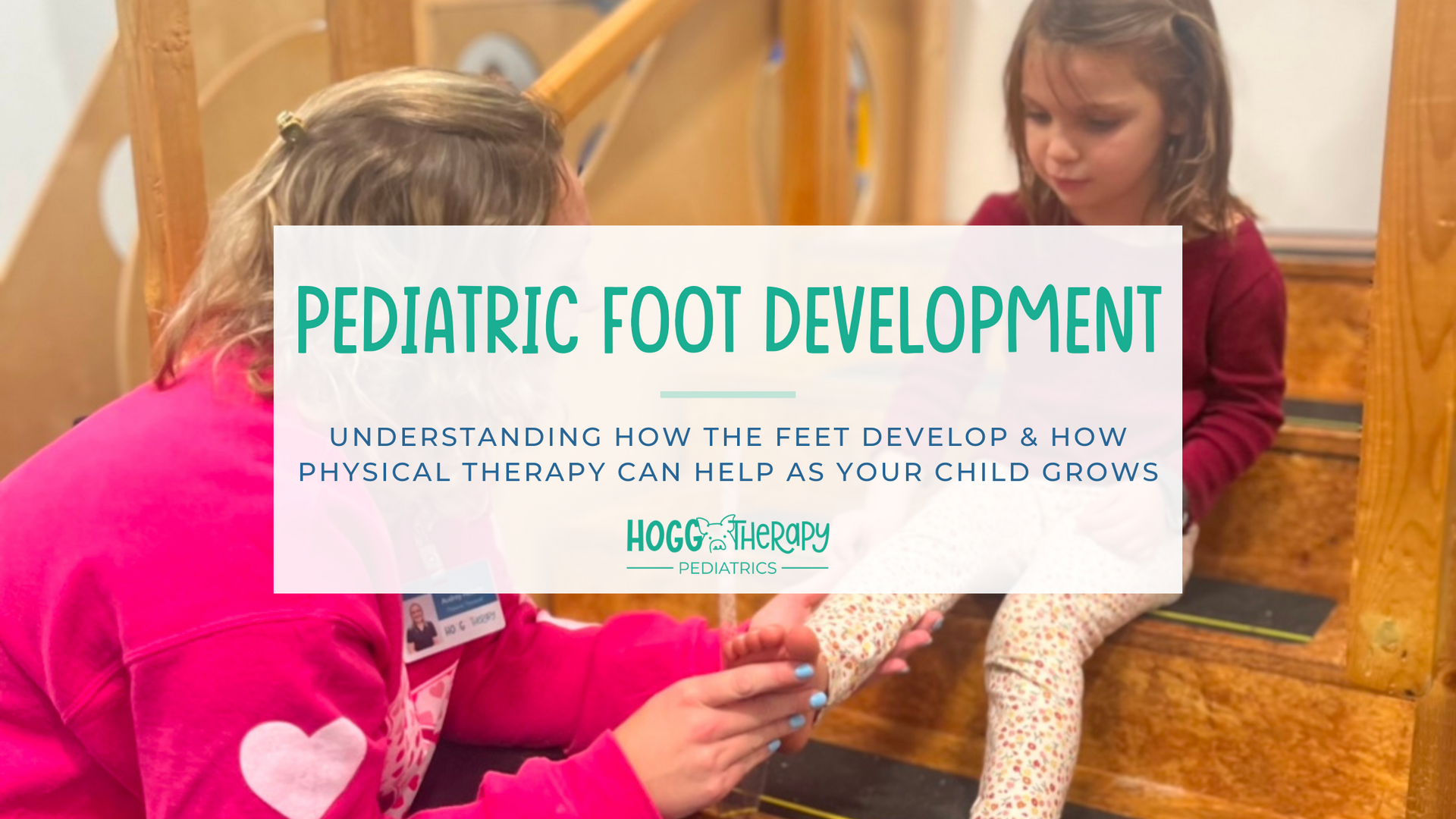What are Primitive Reflexes?
All humans have a bunch of reflexes that help us grow and develop as we become adults. We all, as babies, start with what are called “Primitive Reflexes”.

All humans have a bunch of reflexes that help us grow and develop as we become adults. We all, as babies, start with what are called “Primitive Reflexes”. These reflexes are the very first part of the brain developing as a baby, and will typically remain active during the first few months of life.
Causes of Retained Primitive Reflexes
As we grow and develop through infancy, they will typically start to disappear. Occasionally, they do not disappear for a variety of reasons. There are a variety of factors as to why they do not go away. These can include: traumatic birth, falls, traumas, lack of tummy time, chronic ear infections, delayed or skipped creeping or crawling, and head trauma.
Types of Primitive Reflexes
Moro Reflex: The Moro reflex is often called the “fight or flight” response of babies. This is an involuntary protective reaction. This can be seen best in infants born full-term, as infants born prematurely can display an underdeveloped Moro reflex.
Rooting Reflex: The Rooting reflex is the reflex that aids in infants drinking from a breast or bottle. This reflex is typically present at birth (from a premature age of 28 weeks to full term), and can be seen when touching the mouth. The infant will turn their head towards the direction they were touched from and open their mouth and thrust the tongue.
Palmar Reflex: The palmar reflex can be seen in preterm infants as young as 25 weeks. This can be seen when the infant is lying on their back and in a comfortable position. Using your index finger, stroke the infant’s hand. This will cause the infant to grab the finger of the person touching it.
Asymmetrical Tonic Neck Reflex (ATNR): This reflex is seen at birth, but is most visible during the months 1-4 and typically disappears around 6 months of age. This reflex aids in helping the baby roll over onto their side.
Spinal Galant Reflex: This reflex is present at birth and typically disappears around 9-12 months old. This reflex’s purpose is to help encourage movement and development of the range of motion of the hips. When this reflex does not integrate, it can present in similar ways to ADHD. More on this and all the reflexes in a later blog!
Tonic Labyrinthine Reflex (TLR): This reflex is present at birth and actually has two parts: forward and backward. This reflex helps the baby straighten out from a fetal position with the assistance of gravity. This reflex should disappear around 2 to 4 months old.
Landau Reflex: The Landau reflex occurs between 3 and 12 months of age. This can be seen by placing the child on their stomach on the floor or in other supported formats. The head should rise and the back arch to demonstrate the reflex.
Symmetrical Tonic Neck Reflex (STNR): This reflex is also called the crawling reflex. It is present shortly after birth *typically full-term*, and will reappear around 6-9 months old. This helps to divide the body in half for assisting in crawling. When the head is brought towards the chest, the arms bend and the legs extend. This reflex should go away at 11 months of age.
Be on the lookout for more details on these reflexes in future blog posts, including further importance on each, how to help them integrate and disappear, and what challenges a growing child may have if they do not integrate!
Sources:
https://www.ncbi.nlm.nih.gov/books/NBK542173/
https://www.ncbi.nlm.nih.gov/books/NBK557636/
https://www.ncbi.nlm.nih.gov/books/NBK553133/
https://www.ncbi.nlm.nih.gov/books/NBK559210/
https://www.healthline.com/health/baby/primitive-reflexes#tlr

















































































































